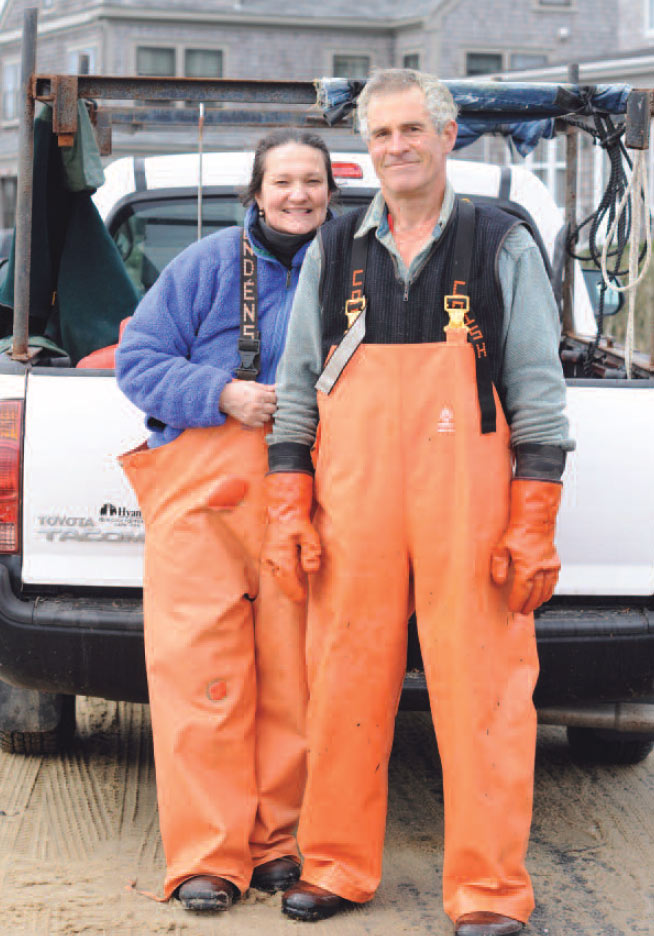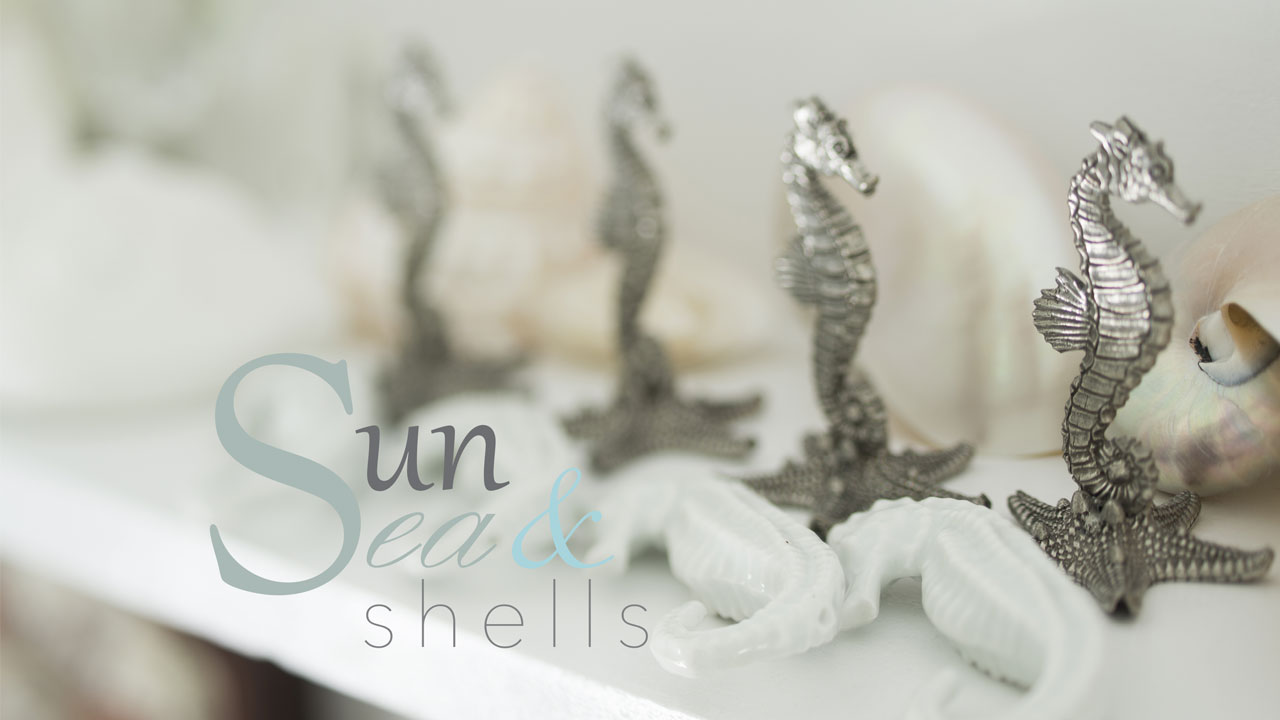Nantucket Bay Scallops
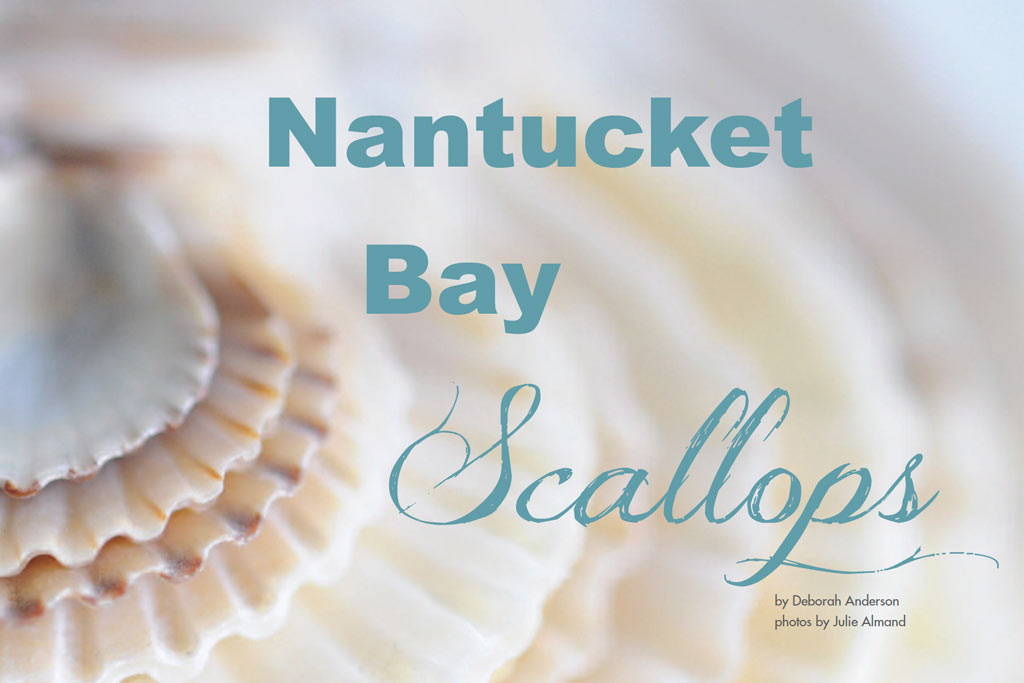
by Deborah Anderson
Photos by Julie Almand
While Nantucket is known for many things, perhaps one of the best known is the Nantucket bay scallop. Not found anywhere else, Nantucket bay scallops are the “gold standard” in the scallop world. The season for taking them runs from October 1 – March 31 for family licenses and November 1 – March 31 for commercial fishermen. It is during the latter time that scallop shanty lights burn late into the night.
Fish markets bid anxiously for this bounty that they sell locally in their markets or to local restaurants also waiting anxiously to offer them on their menus. In addition, many pounds of scallops are shipped off the island to other markets and restaurants. In-season, they are prominently displayed on island menus, and chefs delight as much in cooking with them as their diners delight in enjoying the chefs’ epicurean creations. Not much needs to be done – the simpler the preparation, the better. Accompaniments will enhance these “pearls” freshly taken from the small, secluded Nantucket Bay, but they will never outshine them.
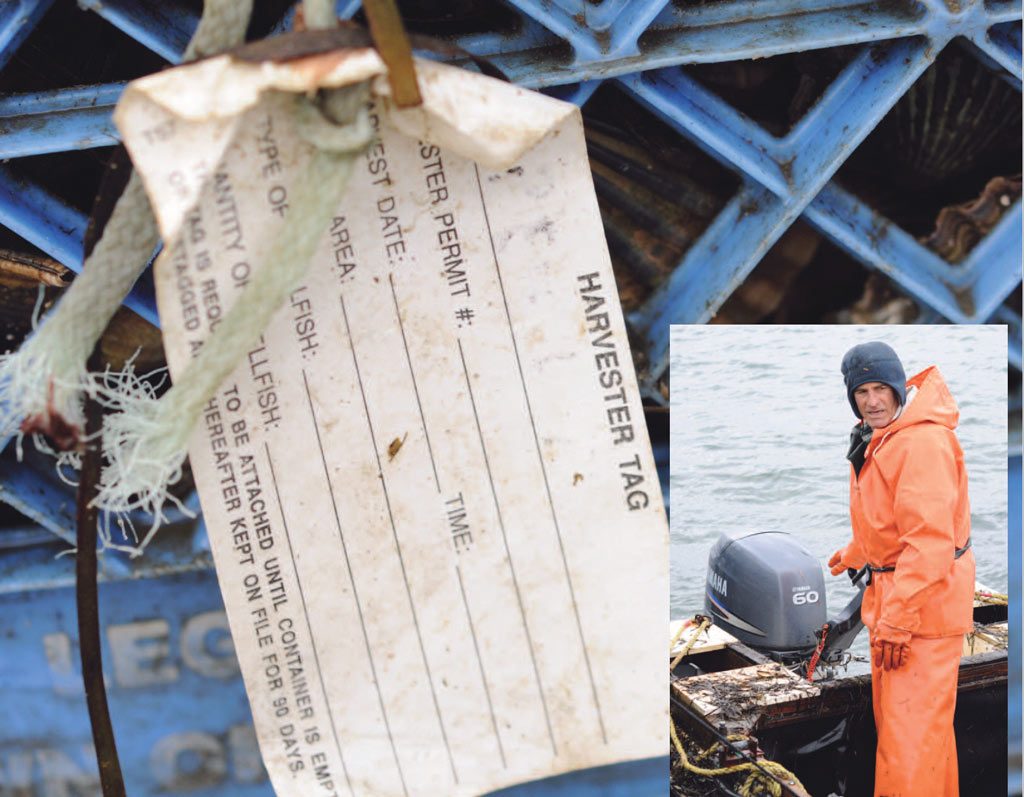
THE FINEST SCALLOPS IN THE WORLD
What makes these scallops some of the finest in the world? We are not entirely sure. It is felt that the cool, pristine waters of Nantucket Bay create the ideal environment for growth and sweet taste. Native eel grass, to which the scallop clings, provides both a nursery and a protective shield from predators and harsh tides.
Dutiful commercial scallopers – true fishermen – go out each morning in their boats, laden with dredges for bottom collecting of the scallops. Scallopers are hardy souls, as the temperatures are always low, although if the temperature is below 28° F at or before 10 am, scalloping is banned for that day. When the water is warmer than the air, scallops will die upon being dredged up, killing both the undersized juveniles and the marketable catch. Sometimes high winds or ice will keep boats tied dockside. One can only imagine how cold fingertips get when sorting scallops on the culling board to separate those that meet the correct size for taking from those that must be thrown back to grow larger. Bay scallops are much smaller than sea scallops – they are only the size of the tip of your thumb. A pound of bay scallops is comprised of 70 to 120 scallops, compared to 10 – 30 sea scallops per pound. So, you can see how much work goes into acquiring a pound of Nantucket bay scallops.
Once caught, scallops are shucked by the fishermen or by “shuckers” in local shanties. A seasoned shucker can open at a fast and furious pace of 12 pounds per hour. A scalloper is allowed to take five bushels (per license on his boat) per day. Approximately 50,000 to 60,000 pounds are taken out per season, with the largest takings from opening day to Christmas.
As quoted from TeamSeafoods.com blog:
“The price of these Nantucket delicacies will be higher than the sea scallop. However, these bays are royalty among the scallop family – ‘The Crown Jewel of the Sea’ – with their sweeter than lobster flavor, silky texture and pearly white color. Real fresh bays should have elastic, but firm springiness and smell sweet and salty. They finish with a seaweed langoustine flavor and a hint of a sugar. They are excellent raw and require only seconds to cook or sear for unforgettable flavor.”
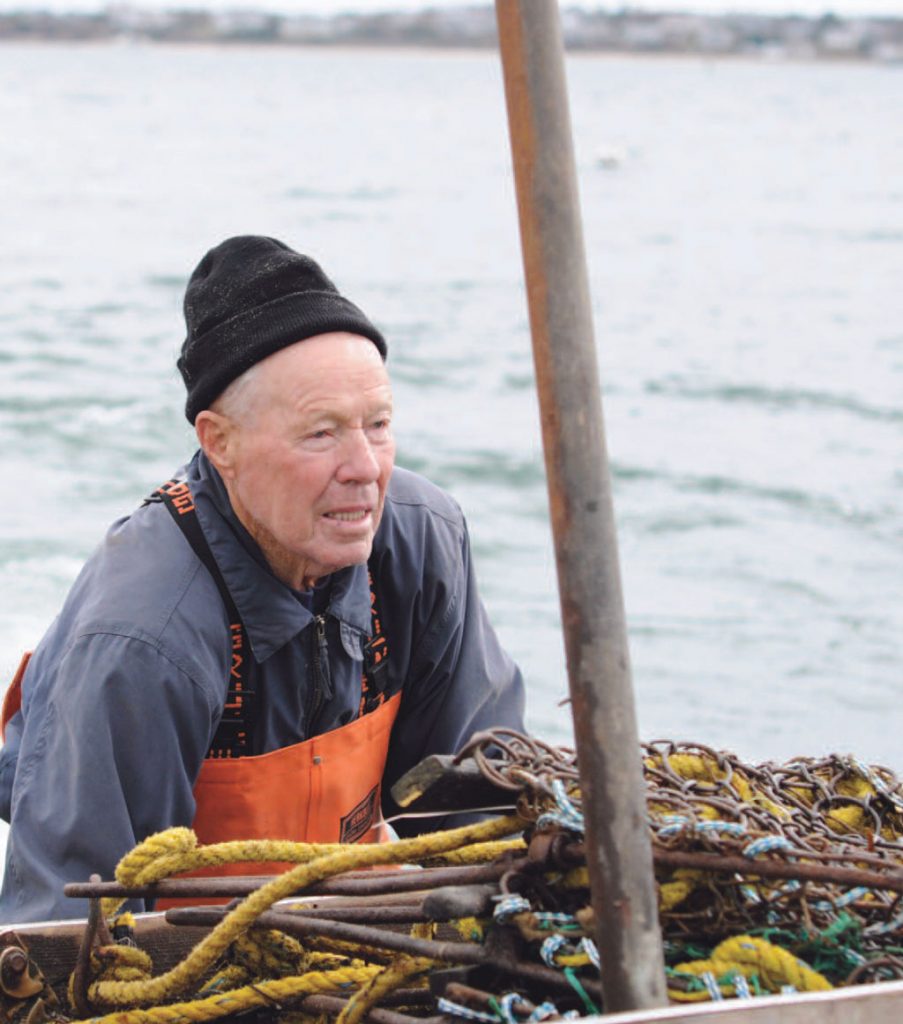
Keep October 1 – March 31 on your calendar as the time that bay scallops are in season. When on Nantucket, do what Nantucketers do – eat bay scallops. If you are off Island and see them in a fish market or on a menu, jump at the chance to try these delectable gems! You will be the envy of anyone who cannot get them!
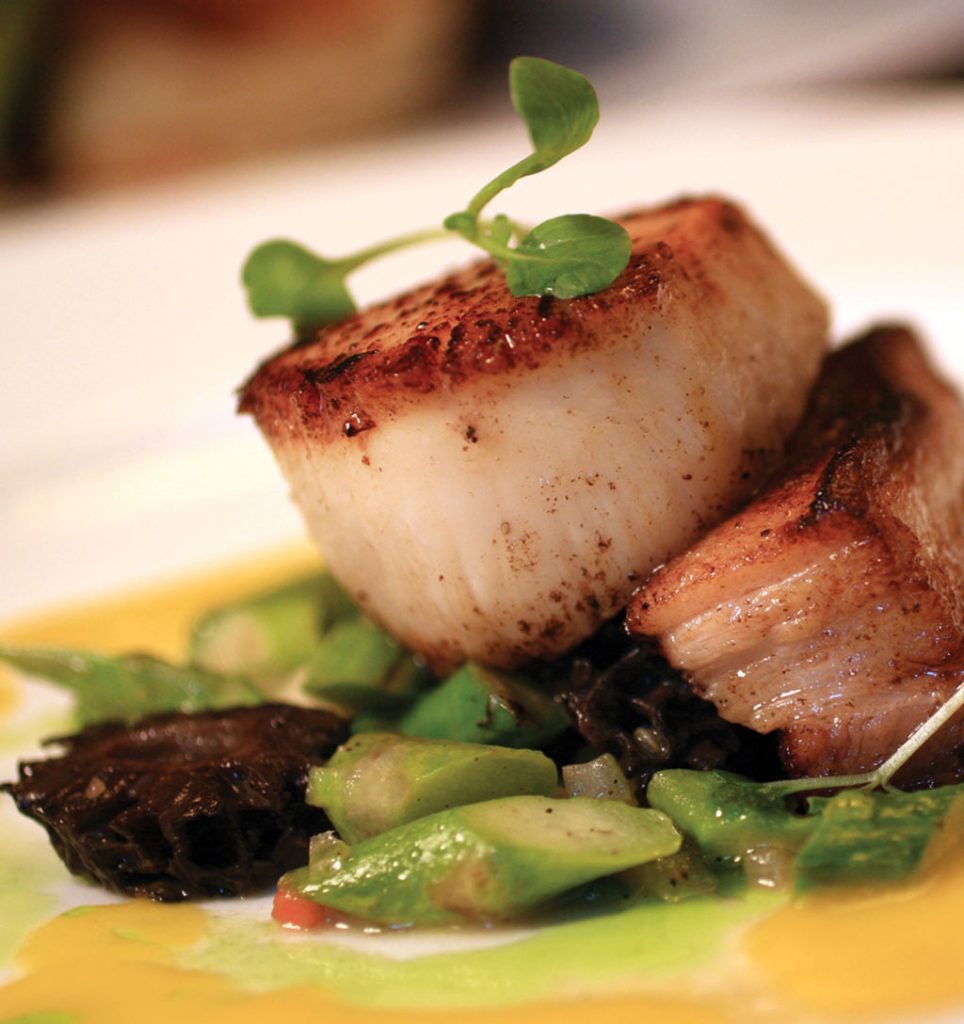
PREPARATION OF NANTUCKET BAY SCALLOPS
Nantucket Bays are sought after because of their ability to be served raw when fresh, connoisseurs toting them as the star of any raw bar. When cooked, they caramelize beautifully. Favorite methods of preparation are:
• ceviche
• wrapped in bacon, skewered, then baked, grilled or broiled
• battered and deep-fried
• pan-seared until golden brown around the edges
• broiled with butter, herbs and breadcrumbs
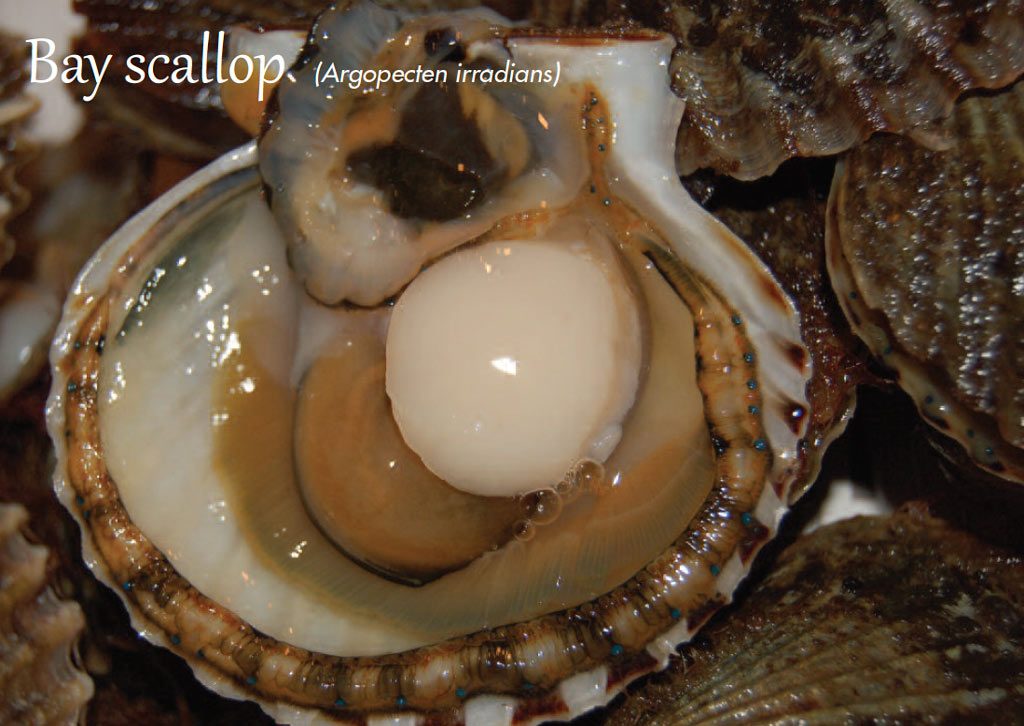
Article edited. Full version available in ONLY NANTUCKET Fall/Winter 2013.
